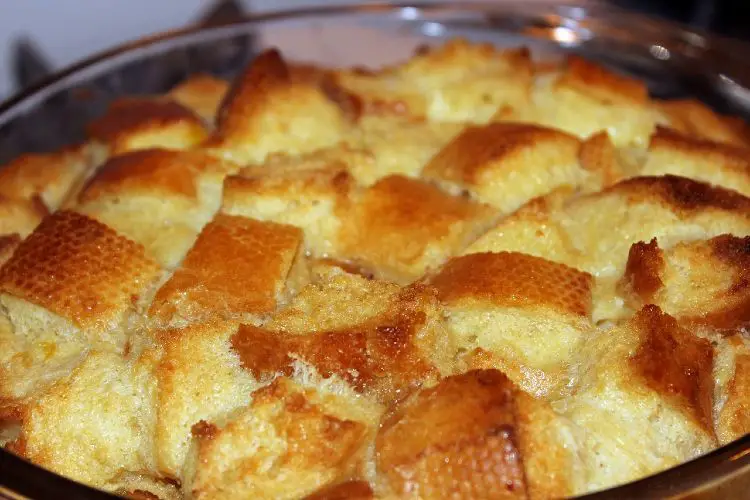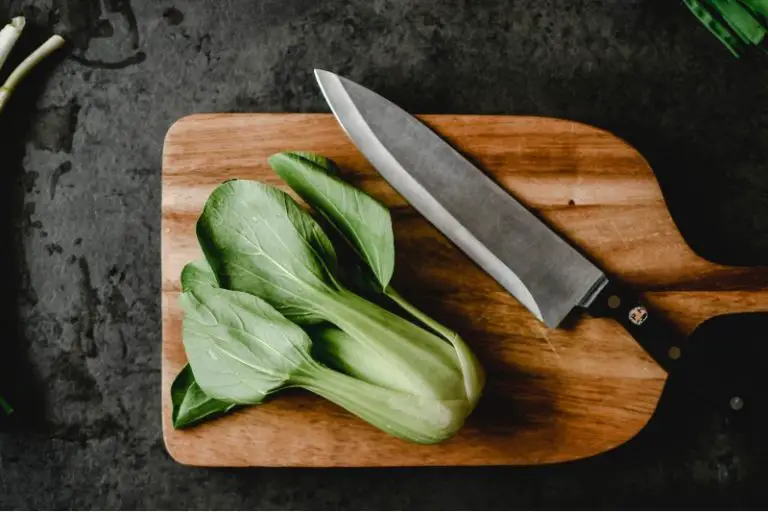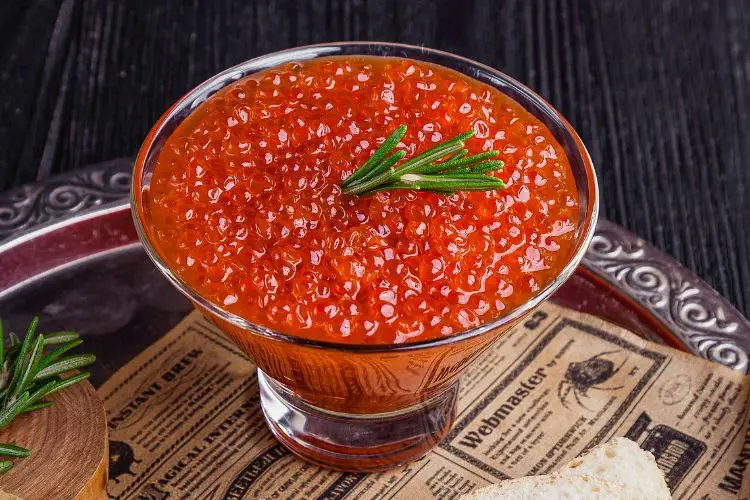The Flavours of My Homeland: Persian Pistachio Pesto
I do love a good pistachio. Being Iranian makes me somewhat biased as to where my pistachios come from. Supermarket pistachios are not remotely in the same league as proper pistachios from Iran and I rely on gifts of giant bags from my homeland to curb my cravings. But these foodie gifts don’t always appear at the very same time you feel the need to eat them and so I head to my local Persian shops in London where pistachios and other nuts and dried fruits can be found.
Kensington is a part of London that has long been populated by Iranians, both before and after the revolution, and as a result, there are many Persian restaurants, grocery shops and patisseries in this neck of the woods.
I feel very lucky to live nearby and make an effort to visit the shops as much as possible to stock up on Persian goodies not only for my own cupboards but very often as gifts for friends that I visit or who come to visit me. For me, it’s all part of keeping alive an enthusiasm for the produce and food of Iran and encouraging people to introduce new ingredients in their cooking repertoire. Nothing makes me happier than hearing people are either using Persian ingredients in their cooking or even better, they have actually made a Persian dish at home.
No matter what time of year I visit the Persian shops, there is always something unique and interesting to be found. Spring is a particularly good time of year; coinciding with Persian New Year (Ayd-e-Nowrouz), everything is shiny and stacked in beautifully constructed pyramids that catch the eye of passers by. Unusual produce is also quite common; plenty to interest food lovers and those who are just curious. Dog fruit (Zoghaal akhteh), unripe peaches in salt water (Chaghaleh badaaam), sweet lemons (Limoo shireen) and loquats (Golaabi vahshi) as well as the classic ruby red pomegranates, baby cucumbers and all kind of other fruits, herbs and vegetables.
Inside the shops, shelves are lined with dozens of different candies, dried herbs, spices and seasonings and all kinds of pickles, breads and fruit leathers. The patisserie counter stretches a good 4 metres across and is teeming with all kinds of cakes, pastries, cookies and bakhlava, referred to as ‘Shireeni’, meaning ‘sweets’. My favourites have to be the special Persian almond macaroons; more akin to the old school macaroons we are used to in England, rather than the new wave of posh Laduree and Pierre Herme varieties. They are moist and chewy and so incredibly delicious. I also love the cashew nut bakhlava, which along with all the other sweet treats, are entirely made on site.
In recent years, I have been fusing Persian ingredients with ingredients from other parts of the world, creating my own style of modern Persian cookery. I make rice salads packed with fresh herbs like dill (well, it’s not only for fish you know) and tart little barberries and I also love making pistachio pesto, which can be kept for up to 6 months in sterilised jars. One of my favourite recipes using pistachio pesto is to simply drizzle it over some roasted butternut squash and top with crumbled feta and pomegranate seeds. Here is the recipe;
Butternut Squash with Persian Pesto and Feta Cheese
Ingredients
1 whole butternut squash, quartered lengthways, peeled and de-seeded.
200g feta cheese
100g of pomegranate kernels
Ingredients for making the the Pesto
250g of shelled pistachio nuts
150g Parmesan cheese or Grana Padano cheese, finely grated
1 small bunch of fresh coriander
1 small bunch of fresh parsley
1 small bunch of fresh dill
1 small bunch of fresh basil
Juice of half a lemon
Maldon sea salt
A light olive oil (extra virgin is not necessary)
Silicon lined paper or baking parchment
Method
1. Using a food processor, blitz your pistachios, adding a generous slug of olive oil to slacken the mixture. Then add all the herbs into the blender, add a little more olive oil and blitz again before adding your Parmesan cheese and a handful of Maldon sea salt, crumbled and thrown in to the processor. You will need to ensure that there is always plenty of oil to keep the pesto moving around the blender, so don’t be afraid to be liberal with your use of it. There is no exact measuring, so just add enough to keep the mixture nice and loose.
2. Add the lemon juice before giving it one final blitz in the processor ensuring that all the ingredients are evenly blended and decant into a sterilised jar or Tupperware container of your choice. Do remember that in order to effectively store the pesto for several months, a sterilised jar is your best bet as otherwise it will last only a couple of weeks in the fridge.
3. Preheat the oven to 200 degrees C. and once hot, rub each wedge of butternut squash with oil and season generously with Maldon sea salt and place on a baking tray lined with silicon lined paper or baking parchment. Roast the squash for about 45 minutes, just until the edges have begun to brown slightly. Check to see if the squash is properly cooked using a knife; if it slides clean through then the squash is cooked.
4. Serve your butternut squash on a nice platter and drizzle generously with your vibrant green pesto and crumble your feta cheese over the top and scatter some pomegranate seeds over it to finish. A healthy, delicious dish or side-dish that is colourful and busting with Persian flavours!
To read more of Sabrina’s Blog go to: http://sabrinaspassions.blogspot.com



